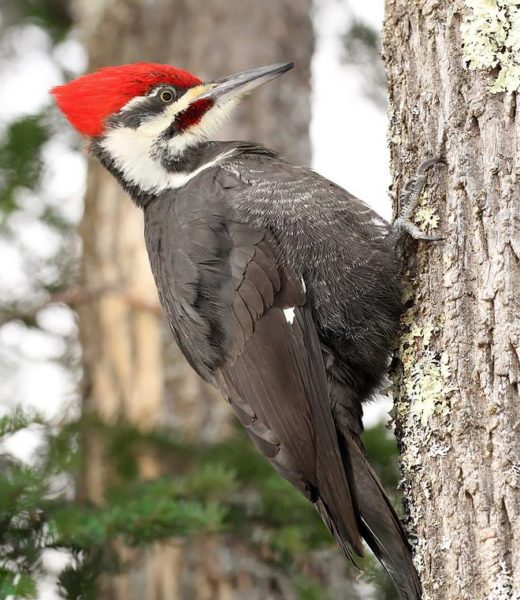A Brief History
The IBA program was initiated in Europe in the mid-1980’s by BirdLife International. To date, some 11,000 IBAs have been identified in 200 countries. The program came to the United States in 1995, administered by the National Audubon Society. Currently, about 47 states have IBA programs, with some 2,400 sites identified. IBAs have been officially adopted as key components of the North American Bird Conservation Initiative (NABCI), the North American Waterbird Conservation Plan (NAWCP), the U.S. Shorebird Conservation Plan (USSCP), and the Partners in Flight (PIF) Strategic Plan.
What is an IBA?
An Important Bird Area (IBA) is a site that provides essential habitat to one or more species of breeding or non-breeding birds. Sites may vary in size, but are usually discrete and distinguishable in character, habitat, or ornithological importance from surrounding areas. They may include public or private land. Site boundaries may be either natural (rivers, watersheds) or human-made (roads, property boundaries). In general, an IBA should exist as an actual or potential protected area, with or without buffer zones, or should have the potential to be managed in some way for birds and general nature conservation. An IBA, whenever possible, should be large enough to supply all or most of the requirements of the bird(s) during the season for which it is important.
IBAs are identified using objective, standardized, science-based criteria. To qualify as an IBA, a site must support:
- species of conservation concern (e.g., endangered or threatened species)
- species that are vulnerable because they are not widely distributed
- species that are vulnerable because their populations are concentrated in one general habitat type
- species that are vulnerable because they congregate together for breeding, feeding, or migration
These criteria are applied hierarchically and defined at different levels. An IBA might, therefore, be important at the global level, at a continental or regional level (the U.S., Mexico, and Canada), at the national level, or at the state level. A site at any one of these levels is a valid component of the IBA program. State-level criteria have been developed for Wisconsin.
To learn more about the IBA program at the national and international levels, please visit these links:
The IBA Program in Wisconsin
Here in Wisconsin, the IBA Program has been implemented as part of the Wisconsin Bird Conservation Partnership (formerly the Wisconsin Bird Conservation Initiative). The program was launched in 2004 and the first phase, the nomination phase, was largely completed by 2007. Over 100 site nominations were received and evaluated by a Technical Committee of bird and habitat experts. Eighty-six sites were approved and described in the 2007 publication Important Bird Areas of Wisconsin. Since then, additional sites have been approved, bringing our IBA total in Wisconsin to 93. Many of these sites have been celebrated with formal dedication ceremonies.
The recognition of a site as an IBA does not confer any legal status or regulatory requirements whatsoever, and is entirely voluntary on the part of landowners and managers. The IBA Program takes a cooperative approach and relies on voluntary, grassroots participation to meet its goals.
Wisconsin IBA Program accomplishments:
- Identified and recognized 88 key sites that are critical to the protection of bird populations in Wisconsin.
- Produced a 240-page full-color book describing 86 IBAs, including data summaries and sections on importance to birds and conservation and management.
- Served as a catalyst for stewardship at IBAs by: generating data through volunteer monitoring activities; providing information to managers on habitat management for priority species; bringing partners and stakeholders together; and helping coordinate and plan management, stewardship, and monitoring activities that will benefit birds.
Visit the Conservation page to learn more.

Pileated Woodpecker, photo by Ryan Brady